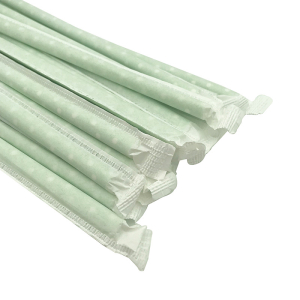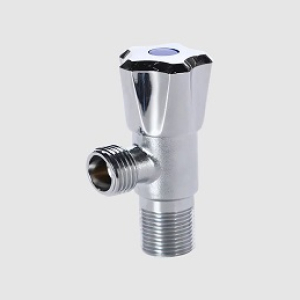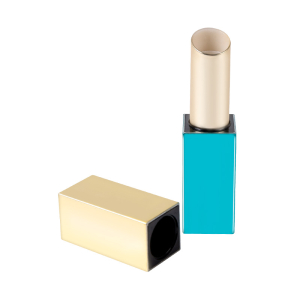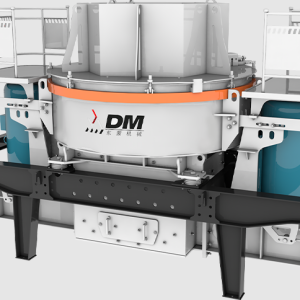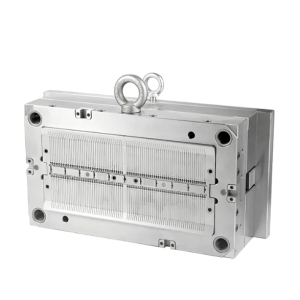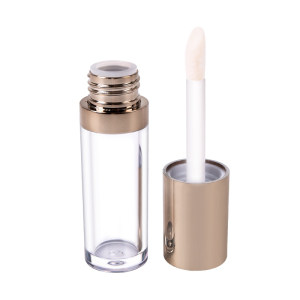Precision rotary tool is the epitome of modern engineering, embodying the essence of meticulous craftsmanship and technological advancement. These tools, which are integral to a wide array of industries, are designed to perform tasks with an accuracy that is often measured in microns. The term "precision rotary tool" refers to a class of high-precision, power-driven rotary cutting tools that are used for various applications, including drilling, milling, grinding, and polishing. The precision of these tools is paramount, as it directly impacts the quality and consistency of the final product.
In the realm of manufacturing, precision rotary tools are indispensable. They are used in the automotive industry for intricate machining tasks, in the aerospace sector for the fabrication of complex components, and the medical field for the production of delicate instruments. The demand for precision rotary tools is driven by the need for high-quality products that meet stringent specifications and tolerances.
The design of precision rotary tools is a delicate balance of form and function. These tools are typically powered by an electric motor, pneumatic system, or handpiece, which allows for a range of motion and control that is essential for precision work. The cutting end of the tool is often replaceable, with a variety of attachments available to suit different materials and tasks. This modularity is a key feature of precision rotary tools, as it allows for flexibility and adaptability in the workshop.
One of the most significant advantages of precision rotary tools is their ability to maintain a consistent cutting speed and feed rate. This consistency is crucial for achieving the desired level of accuracy in the final product. The tools are also designed to minimize vibration, which can lead to inaccuracies and tool wear. High-quality precision rotary tools are often equipped with features such as ball bearings or other stabilizing mechanisms to ensure smooth operation.
The materials used in the construction of precision rotary tools are carefully selected to ensure durability and longevity. High-grade steel and carbide are common materials, chosen for their strength and resistance to wear. These materials also allow for the creation of sharp, precise cutting edges that can handle a variety of materials, from soft plastics to hard metals.
In the hands of a skilled operator, precision rotary tools can perform tasks that would be impossible with less advanced equipment. They can be used to create intricate patterns, drill small, precise holes, and perform other tasks that require a high degree of control and accuracy. The operator's skill is a critical factor in the performance of these tools, as they must be able to interpret blueprints, set up the tool correctly, and make adjustments as needed.
Maintenance of precision rotary tools is essential to ensure their continued performance. Regular cleaning, inspection, and sharpening are necessary to keep the tools in top condition. Proper storage is also important, as exposure to moisture or extreme temperatures can damage the tools and reduce their lifespan.
The development of precision rotary tools has been driven by advancements in materials science, engineering, and manufacturing techniques. As technology continues to evolve, so too do the capabilities of these tools. New materials, such as diamond-coated or ceramic tools, are being developed to handle even more challenging tasks. Additionally, the integration of precision rotary tools with computer-aided design (CAD) and computer-aided manufacturing (CAM) systems is enabling even greater levels of precision and efficiency.
In conclusion, precision rotary tools are a testament to the ingenuity and innovation of modern engineering. They play a vital role in the production of high-quality goods across a wide range of industries. As technology continues to advance, the capabilities of precision rotary tools will only continue to grow, further enhancing their importance in the world of manufacturing.

